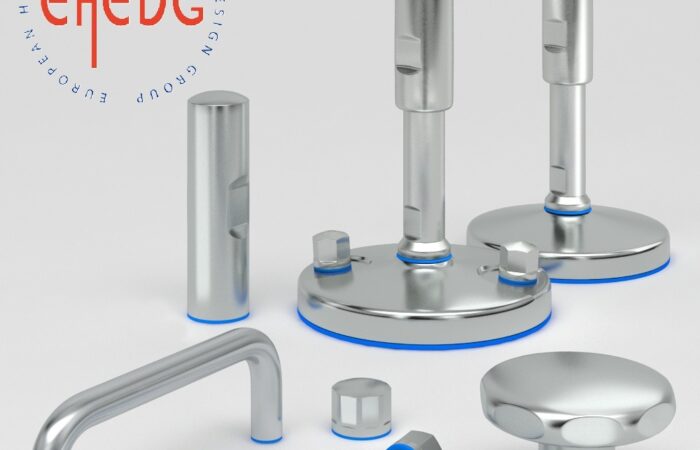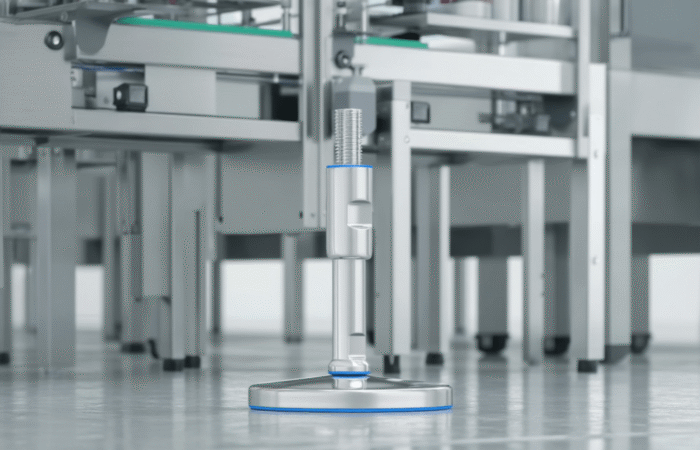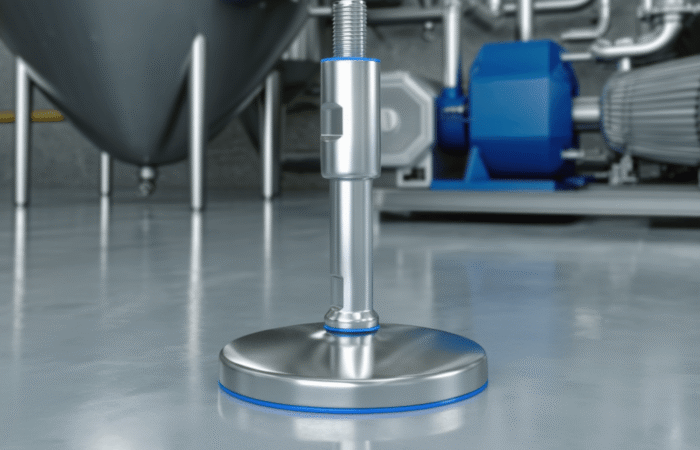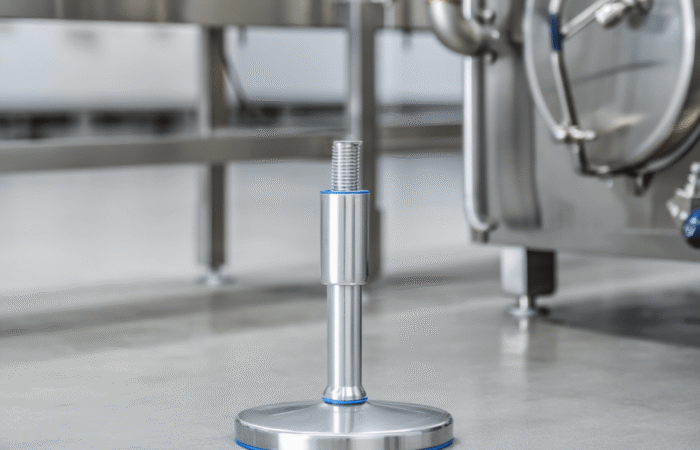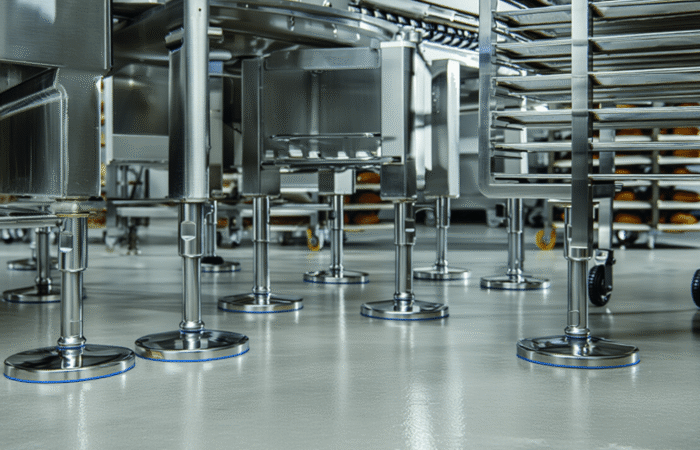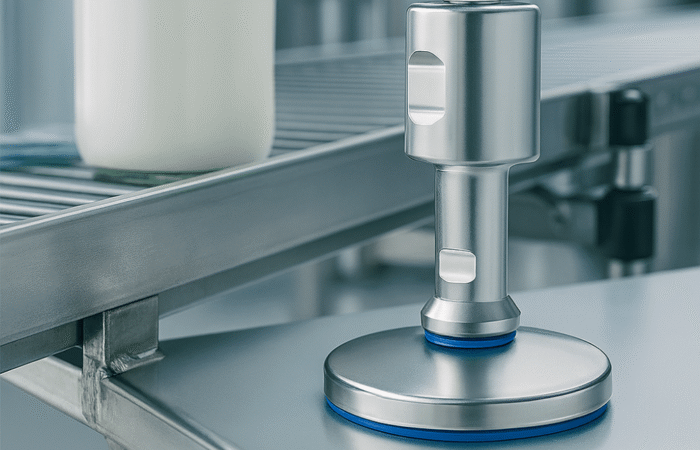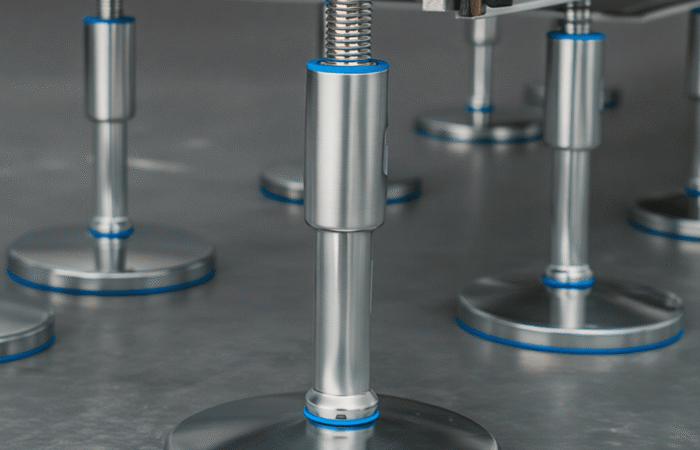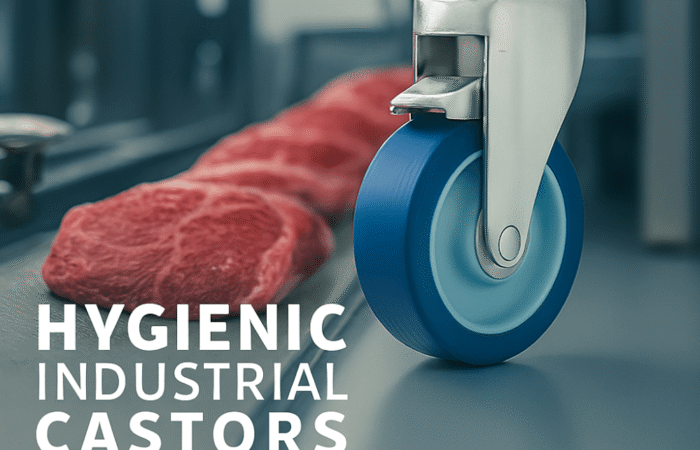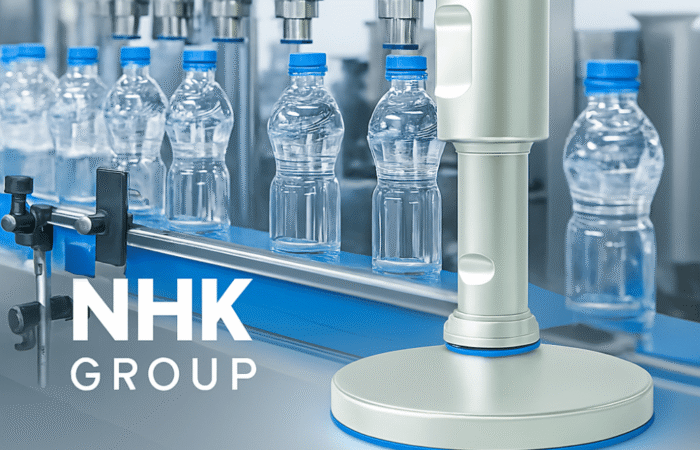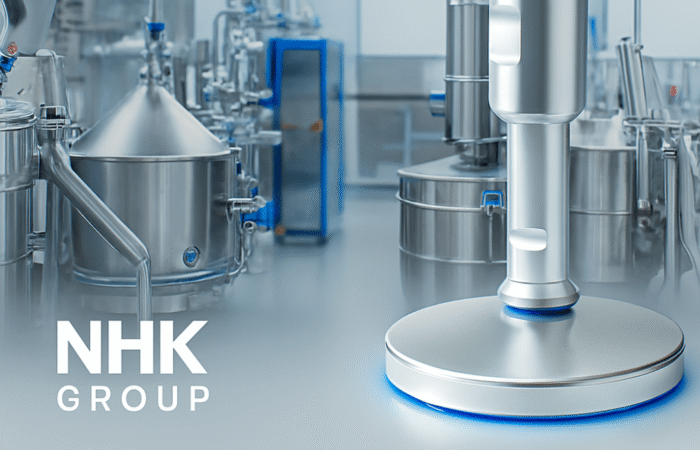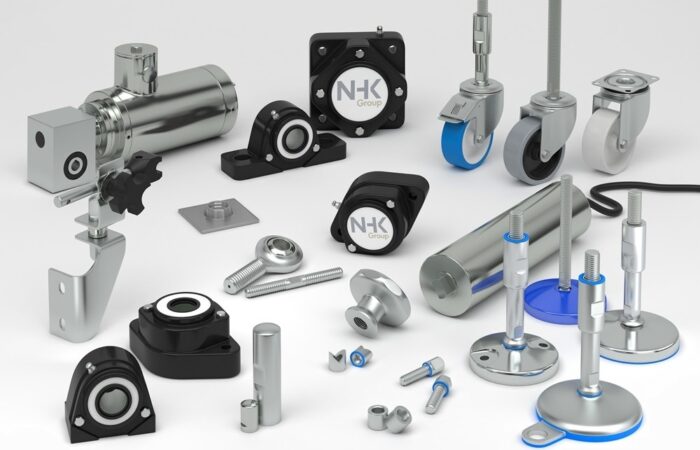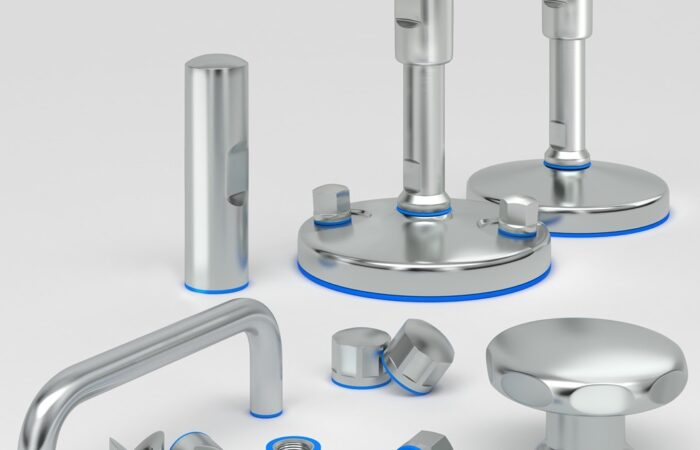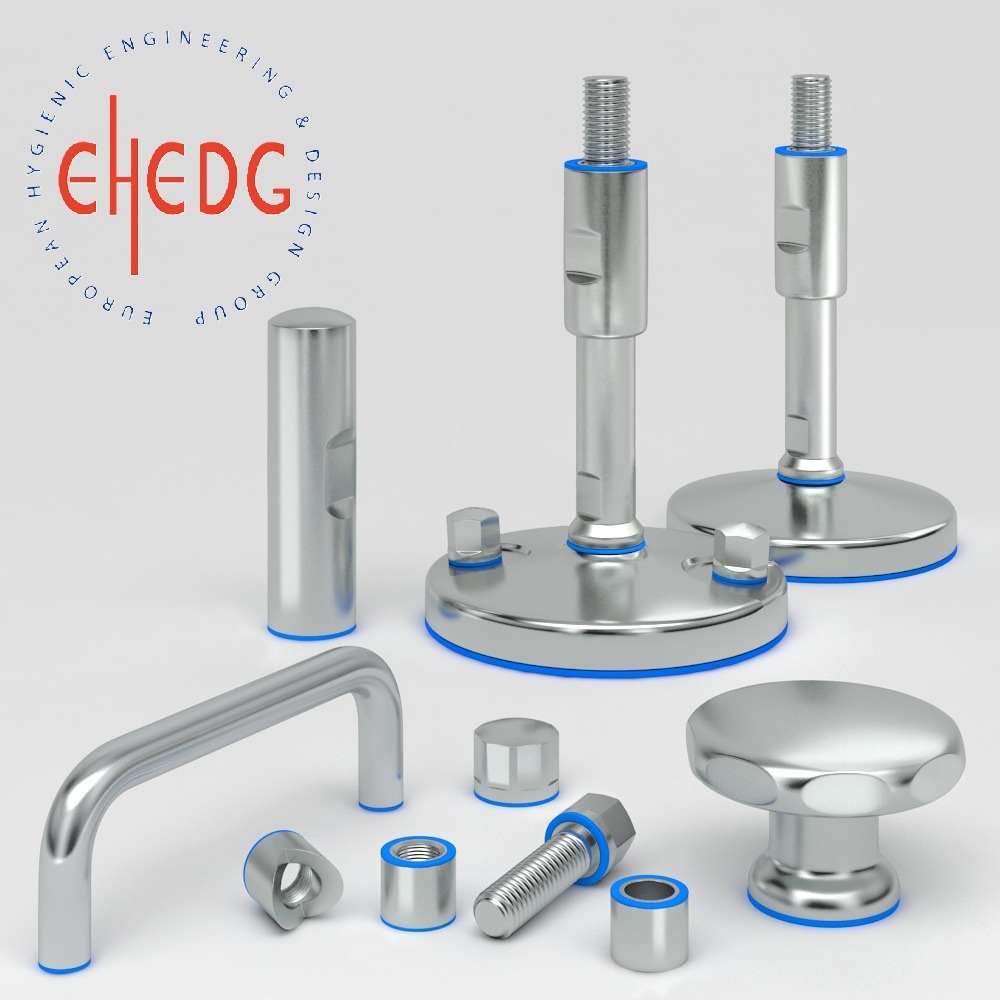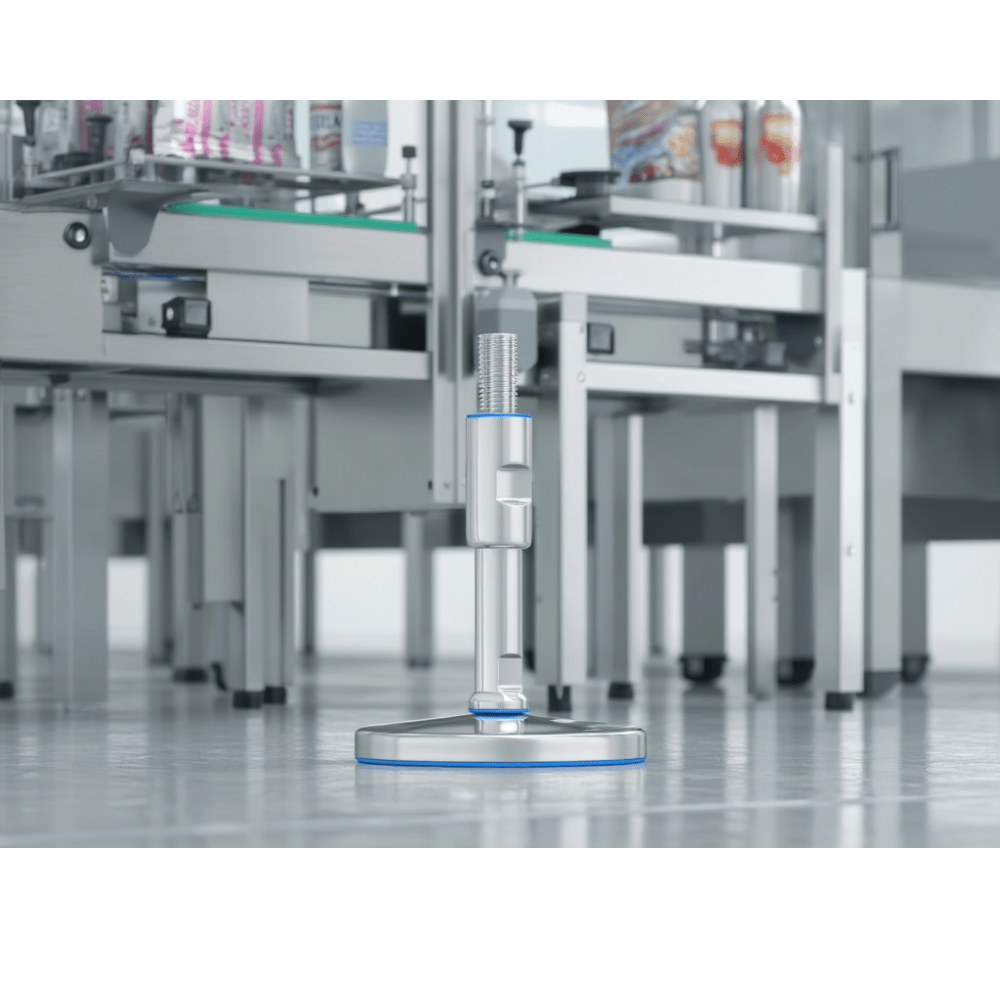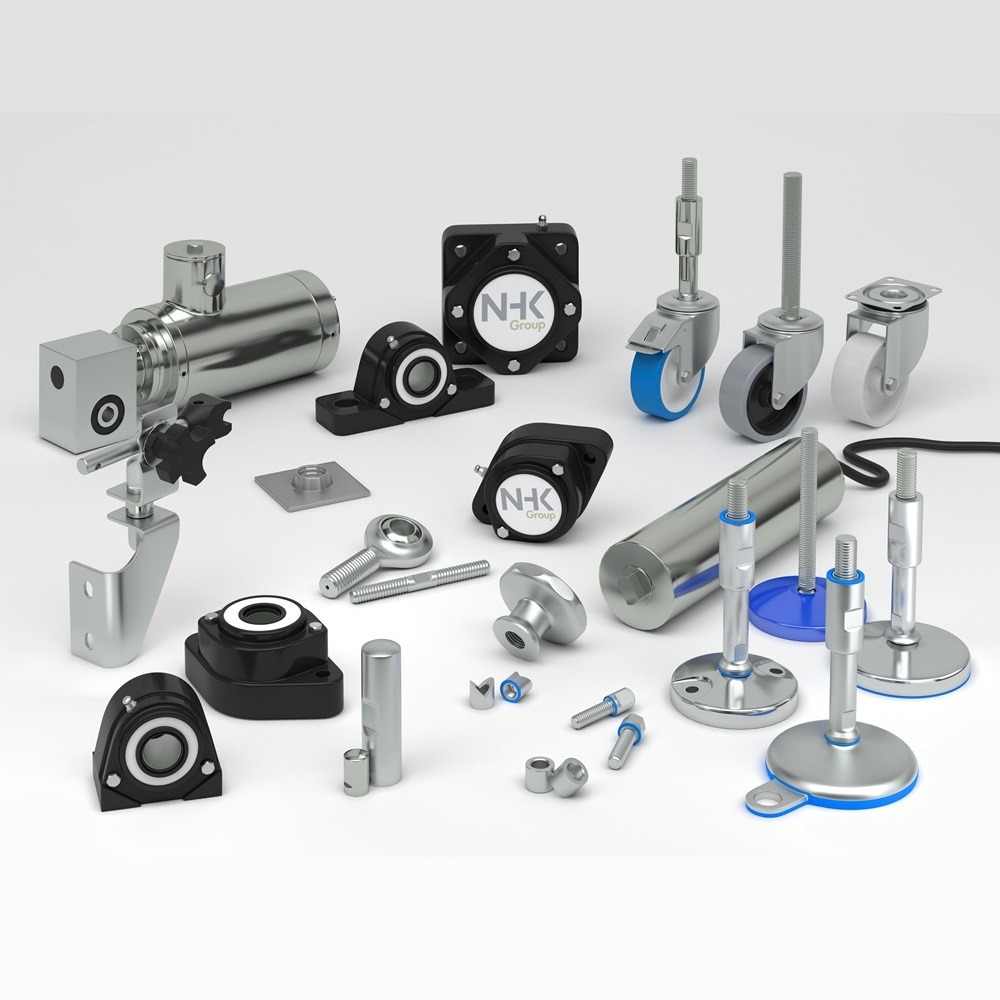
Food Processing Components
Food processing is the transformation of raw ingredients into food products ready for consumption. It involves various components that contribute to efficiency, quality, and safety. From advanced machinery to specialized materials and hygiene protocols, each component plays a critical role in ensuring the production of high-quality food. In this article, we delve into the essential components of food processing and their significance in modern food production. At the core of food processing is specialized equipment designed to handle a variety of operations, such as cutting, mixing, cooking, and packaging. Common food processing equipment includes: Modern equipment often incorporates automation and advanced technologies like AI to enhance efficiency, reduce labor costs, and minimize errors. Materials used in food processing must meet stringent safety and hygiene standards to ensure product integrity. Key materials include: The quality of the final product heavily depends on the raw ingredients and additives used. Sourcing high-quality, sustainably grown ingredients is critical for maintaining nutritional value and meeting consumer demand for healthy products. Food safety is a top priority in food processing. Hygienic design principles are applied to prevent contamination and ensure easy cleaning. Essential sanitary components include: Innovation plays a pivotal role in enhancing food processing. Advanced technologies include: Quality control is an integral part of food processing. These systems ensure compliance with regulatory standards and safeguard consumer health. Proper packaging and labeling are critical for maintaining product integrity and providing essential information to consumers. Labels must include nutritional information, ingredient lists, expiration dates, and compliance certifications. Sustainability is a growing concern in food processing. Efficient use of water and energy not only reduces operational costs but also aligns with eco-friendly practices. Behind every successful food processing operation is a team of skilled workers. Regular training ensures employees are knowledgeable about safety protocols, equipment operation, and quality standards. The components of food processing are interconnected and essential for ensuring: The food processing industry continues to evolve, driven by consumer demands for healthier, safer, and more sustainable products. Emerging trends include: By embracing innovation and prioritizing hygiene and sustainability, the food processing sector is well-positioned to meet future challenges. Understanding the components of food processing provides insight into the complexity and importance of this industry. From machinery and materials to advanced technologies and sustainability efforts, each component contributes to producing high-quality food that meets consumer expectations.Components of Food Processing: A Comprehensive Guide
What Are the Components of Food Processing?
Key Components of Food Processing
1. Food Processing Equipment
2. Materials Used in Food Processing
3. Ingredients and Additives
4. Hygienic Design and Sanitary Components
5. Advanced Technologies in Food Processing
6. Safety and Quality Control Systems
7. Packaging and Labeling
8. Water and Energy Efficiency Systems
9. Skilled Workforce and Training
H2: Why Are These Components Important?
H2: The Future of Food Processing
The Essential Components of Food Processing
Ensuring Quality, Safety and Efficiency
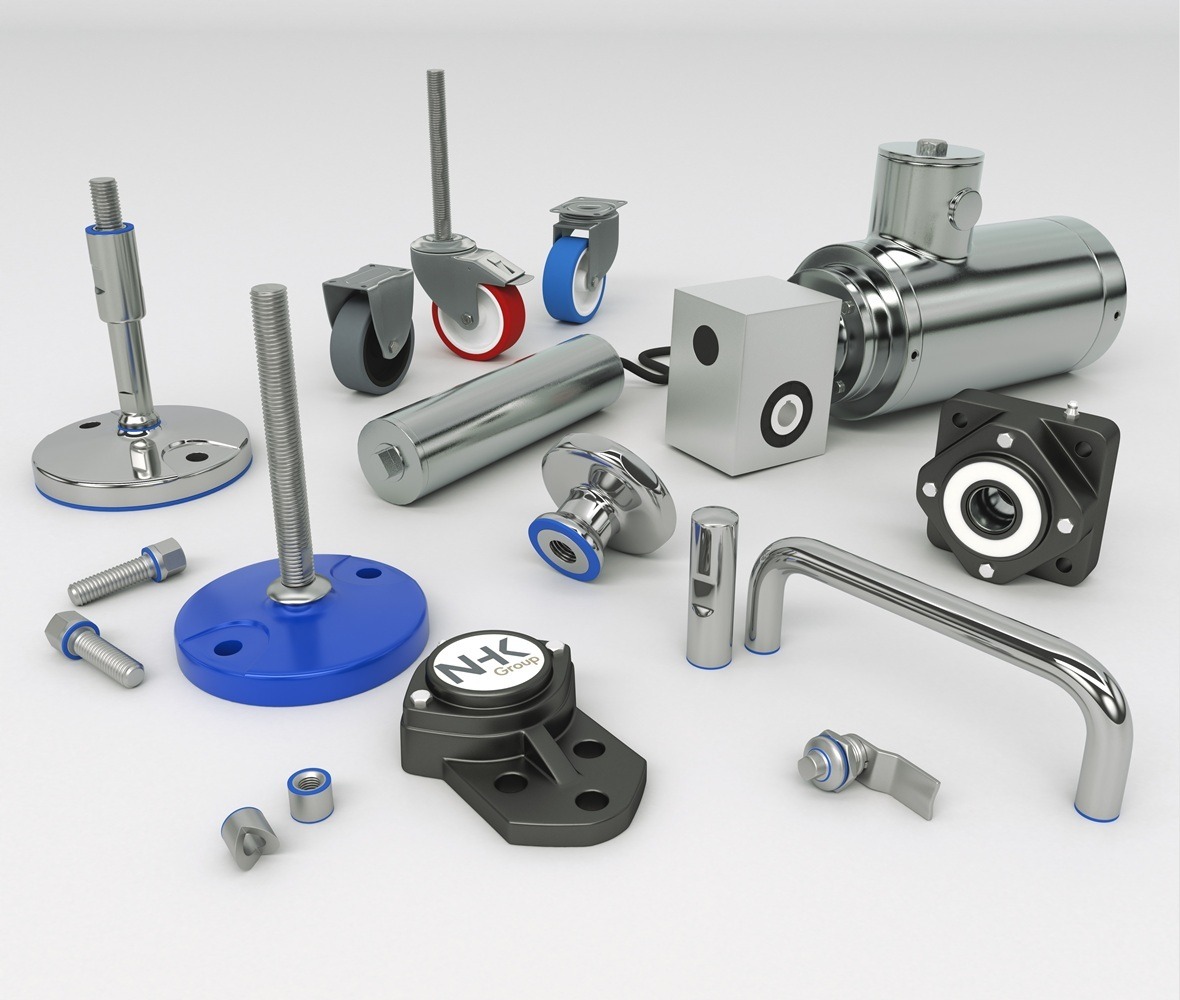
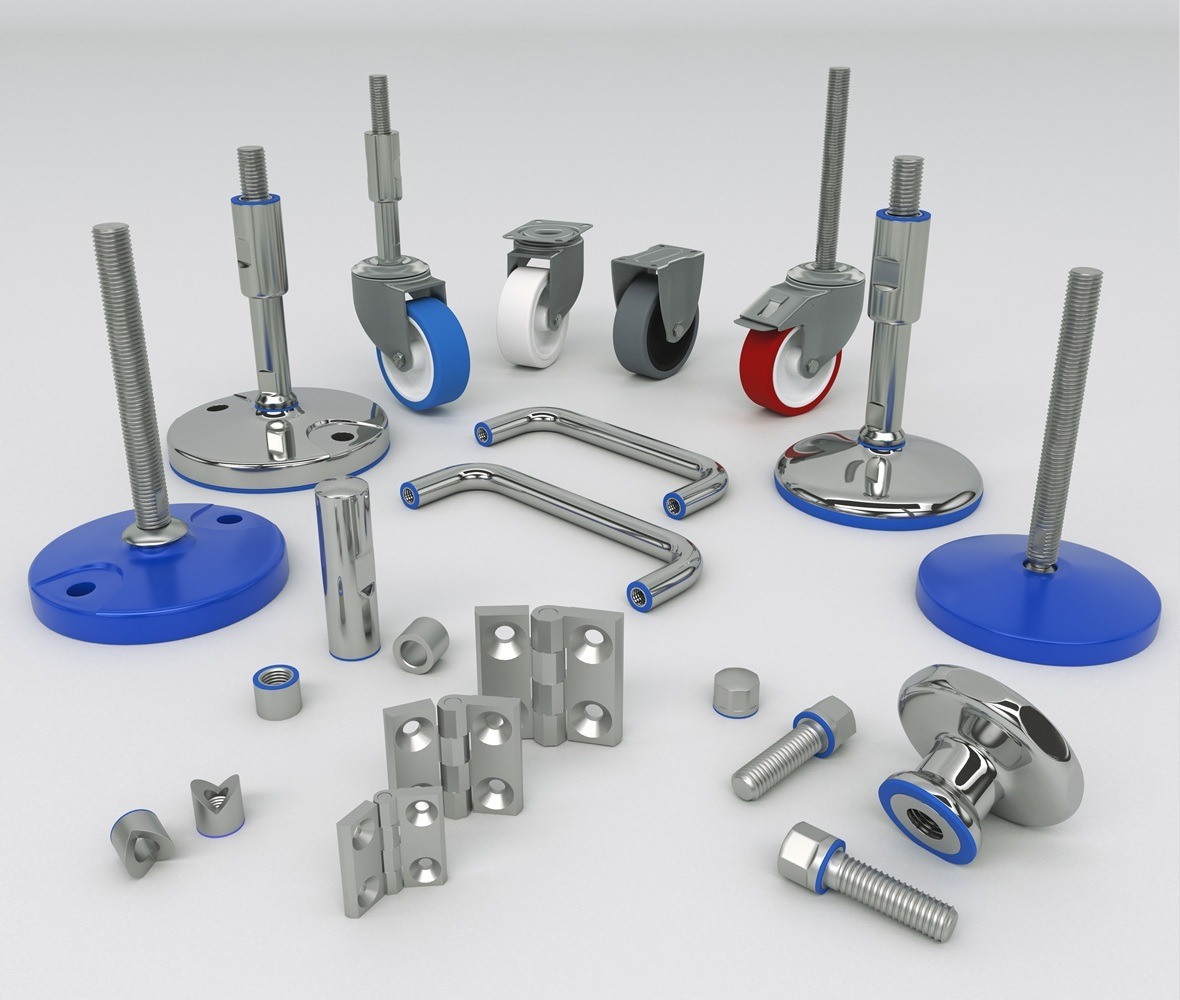
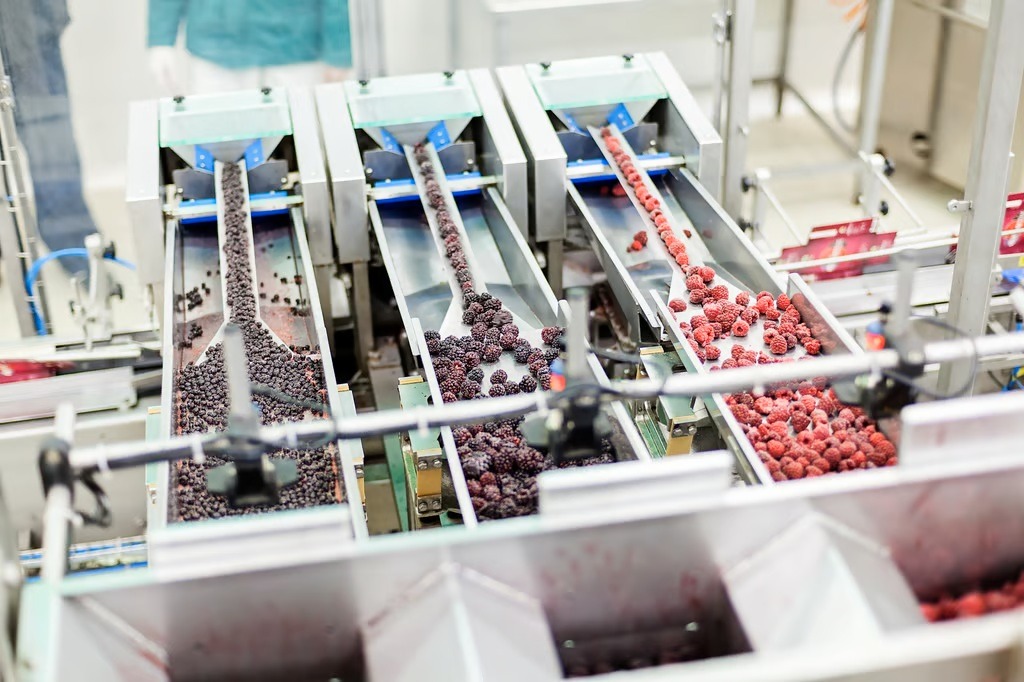
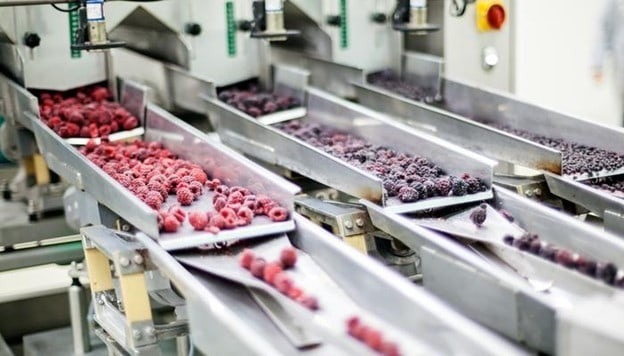
Contact
